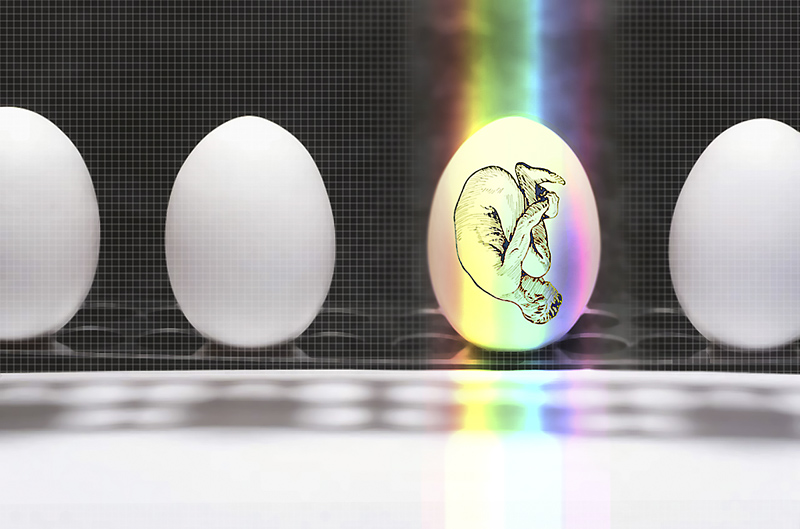

A woman carrying twins should deliver her babies at 37 weeks to reduce the risk of stillbirth and newborn death, new research says.
A normal pregnancy usually lasts 40 weeks. The risk of stillbirth (when a fetus dies in the womb) is higher in twin pregnancies, and it’s common for doctors to deliver twins early in an attempt to prevent stillbirth. But the best time for such deliveries has been unclear, the study authors said.
To find an answer, the international team of researchers reviewed 32 studies that were conducted over the past 10 years and included more than 35,000 twin pregnancies.
The researchers compared the risk of stillbirth to the risk of newborn death. Newborn death was defined as death up to 28 days after delivery.
The risk of stillbirth starts increasing if a twin pregnancy goes too long. But, the risk of newborn death goes down as the length of the pregnancy increases. So, the researchers looked to see if there was a time period where the risk of one complication began to outweigh the other.
In pregnancies where each twin had an individual placenta, the risk of stillbirth and newborn death was balanced until 37 weeks’ gestation. However, if delivery was delayed until 38 weeks, the risk of stillbirth went up by 9 deaths per 1,000 births.
In pregnancies where twins shared a placenta, the risk of stillbirth appeared to be higher than newborn death if a pregnancy went longer than 36 weeks. But more study is needed before a clear recommendation can be made about the best time to deliver these pregnancies, according to the researchers.
Rates of newborn health problems fell with increasing pregnancy length, such as respiratory distress syndrome, the study led by Fiona Cheong-See at Queen Mary University of London found. Examples of these problems include septicemia (bloodstream infection), seizures, and admission to the neonatal intensive care unit.
The study was published Sept. 6 in the journal BMJ.
The results suggest that delivery for twin pregnancies with two placentas should be considered at 37 weeks’ gestation “to prevent the significant increase in stillbirths associated with expectant management compared with the risk of neonatal deaths associated with early delivery,” the researchers wrote.
And, where there’s just one placenta, “there is no clear evidence to support routine delivery before 36 weeks’ gestation,” the researchers added.
More information
The U.S. Office on Women’s Health has more on twins and other multiples.
Source: HealthDay
Copyright © 2024 HealthDay. All rights reserved.

Leave a Reply